Where would you like to travel - Tristan da Cunha by @papi.mati
Intro
Travelling is my passion, discovering new places is like the addiction to me - I love to observe the nature, meet new people, learn about the culture, explore what's unknown. If I would have the opportunity, I'd love to visit every place in the world, because I believe each country and each region has a lot to offer.
If I would have to choose one place where I could go, one trip for which I will not have to pay, I would probably choose something less popular, more difficult to visit. As far as there is a hope that during my lifetime I will visit Macchu Picchu, Great Wall in China or Taj Mahal, I won't ever be able to go to the South Pole, Southern Sandwich or International Space Station. That contest gives me the opportunity to describe one of that kind of interesting places difficult to reach.
Tristan da Cunha
I will write about Tristan da Cunha island - place located right in the middle of the Atlantic Ocean, 2800 km from the nearest continent, Africa.
Tristan da Cunha is a British Oversea Territory, although for the first time it was discovered by Portuguese in 1506. Portugal was not interested in making the colony there so the island remained untouched by any human until the beginning of the XIXth century. Right now only a bit over 250 people live there (in general 9 families). Besides one town, place is like the one huge natural park.
National Geographic article about the island
Transport
It is one of the places most separated from another parts of the world. There is no airport on the island, so the only way to leave Tristan da Cunha is to use the ship to the Republic of South Africa. Cruises are only once per year, but transport of the supplies and mail is made every two months. That means, as the tourist I would have to find the way to come to that place with one of the ships with the supplies or stay whole year there. To get in the island, special permission is required.
Food
Surprisingly, that small village in the middle of nothing is quite self sufficient with the food production. The local diet is based on fish, shrimps, meat and potatoes. To save the local nature, the government limited number of the animals which one family can own (2 cows and 7 goats).
There is ONE shop where imported food products can be bought and ONE restaurant-bar
Where to stay
There is no hotels on the island, but tourists and other visitors have several accommodation options:
- they can rent the guest house (or one of the beds in the guest house) for 35 USD per person/night
- they can rent the guest room in one of the local families (for 70 USD per person/night but with three meals included)
- they can rent the Traditional Thatched House per 140 USD/night. One night is a maximum stay.
Geography and climate
The island is volcanic and volcano remains active. Last time it erupted a bit over 50 years ago, in 1961, forcing all the citizens to evacuate. Lava flowed out onto the coastal plain, luckily saving the village.
Volcano rises to over 2000 metres above sea level and its peak is covered by the snow. Lower, on the plains the climate is cool oceanic, with average temperatures from 12°C in the winter to 18°C in the summer. Most of the time it's quite windy and cloudy, although there are sunny days as well.
Most of the coast is covered by high cliffs, above it there is a fern bush zone, then plains and finally the volcano peak with very limited vegetation.
Documentary movie about Tristan de Cunha:
Fauna and flora
Tristan de Cunha is reach in fauna and flora life. You can find here breeding penguins, fur seals, albatross.
The sea life includes crawfish, five finger fish which has five stripes on their body, colourful concha fish, sharks and octopuses.
More about fauna you can read here
The island is trying to protect the nature and keep it untouched. That's why the number of tourists who can visit the land is strictly limited and special permission to visit is needed.
Flora is limited to 85 different plant kinds, 37 of them cannot be found in any other place in the world though (endemic species). It includes:
- Island tree: endemic tree which grows up to 8 metres.
- Tussac: grass typical for several islands in around. It can grow up to 2,5 metre and is almost as thick as bamboo.
- fern: endemic to the archipelago. It glows in the lower parts of the island.
- Peak berry: the only edible endemic species. Berries which grows in the upper part of the island used to be bigger than berries from the lower plains.
And much more. You can read more about it here
People
In fact, there is only nine families living on the island:
Swain, Squibb, Rogers, Repetto, Lavarello, Hagan, Green, Glass and Collins. As buying the land or moving in to the island is basically impossible, everyone knows each others very well. That kind of system has its good and bad sides. The island remains very safe, people used to treat each others as brothers and sisters, houses are never closed, crime rate is close to zero, everyone takes care for the kids like they were their own but from the other side genetic rotation is very low. Because of the marriages between the relatives, many people on the island suffers for genetic diseases, like asthma - half of the local population struggles with it.
On the island there are two churches, hospital and school. To get the higher education, some citizens are migrating to the South Africa
The unemployment basically doesn't exist here. Everyone is working in the gardens and potatoes fields and in the season also all the population helps in collecting shrimps. Kids are obligated to help at work.
According to the statistics, the big issue on the island is the alcoholism. Social life is very limited - separation from the rest of the world and lack of attractions (there is only one tv station, very limited access to the internet) makes people drink more.
Policy
The way how the island is designed is quite original. Island remains closed for people who would like to move in here. Nobody owns the land, every family is renting some fields (each of the equal size) to grow potatoes, other vegetables and to keep the farm animals (like I mentioned before, the amount of animals is limited). Everyone is obligated to work, even kids. When someone needs help, neighbours works in their field too or share their supplies with the person in need.
If some of the citizens gains an extra income, like in example from renting the room to some tourists, they are obligated to give back 25% to the island government, as sort of tax.
Holidays
There is plenty of holidays here, but most of them are work-related.
In January people spin wool together and make trips to another islands, harvest potatoes with whole the community,harvest guano which is used as the fertilizer on the fields and pick plums.
In February there is bird moulting and collecting of guano from the wild birds continue as well.
In March cattles are killed. As most of the citizens are christians, there is also Easter celebrated (sometimes April). This month cargo arrives too.
In April Queens birthday is celebrated. Usually people share the food, listen to the music together, play sports and make some mini contests to entertain the community. Another special day that month is called "ratting day". It's basically hunting the rats which gains enormous size on the island and their population has to be limited because they kill poultry and albatrosses.
In May and June another cargos arrives. That's the winter holiday.
In July fishing season starts. Community fish and collects shrimps.
In August lambs are marked, there is organized trip to another islands to celebrate Anniversary day. That month early potatoes have to be planted.
In September tourist cruise arrives. It's also the time to plant potatoes and mark lambs. September is the month when penguins hatch their eggs so trip is organized to let everyone see it from the safe distance.
In October all the tourists leave the island. In November third trip to another islands is organized and besides that citizens can participate in a tour to see nightingale birds to hatch their eggs.
In December sheep are sheared and killed for the meat, poultry is fledged and potatoes harvested. It's also the month of the Christmas and New Year. Tradition says that in the New Year men should wear the scary masks and visit the community. It's called "okalolies". At midnight fishing dong is rung. It's the only time in the year when everyone can hear that sound.
Attractions
I believe the most interesting part of the island is its community with all their stories, although there are some events which you can participate in (described before) and some places which can be visited. That list include:
- place where lava stopped in 1961.
Eruption almost destroyed the city, lava stopped very close to it. Now everyone can see it, walk around or even swim in some lagoon which can be found there. - volcano.
If you are brave enough, you can climb in to the volcano and see the landscape from the peak. It's definitely not an easy trip. Near the peak there is a small lagoon in the shape of the heart. - Caves
On the island there is plenty of caves which can be explored on your own. - Sandy point
It's a beach with characteristic volcanic black sand. Water might not be very hot, but it's also not freezing (in the summer it's 18 degrees). - Visiting other islands
There are three trips to another islands during the year. You may also try to find someone who will take you there for some extra fee. All the other islands from the archipelago are not inhabited. Nature there is untouched. - museum
There is one museum on the island. It represents the traditional house from the XIXth century. If you have some extra cash you can also stop there for the night.
Summary
Tristan da Cunha is not a Disneyland, neither Paris. There is not much attractions on the island and... Ironically that's what makes it attractive to me. I do love places unchanged by the globalisation, undiscovered treasures. I'm very curious how does life in such a separated island look like, how are the people who lives there, I wish to see its nature and live there for a while to feel like one of Tristanes. The chances that I'll be able to make that dream come true are very low, but who knows - maybe life will surprise me like it did many times before
To prepare the article, I was using mentioned National Geographic publication and documentary movie. Besides that I made the research on the official website of the island and checked wikipedia
All the photos in the article are on CC licence.

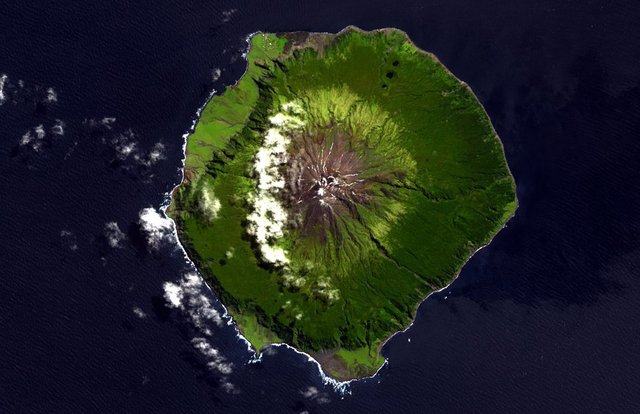
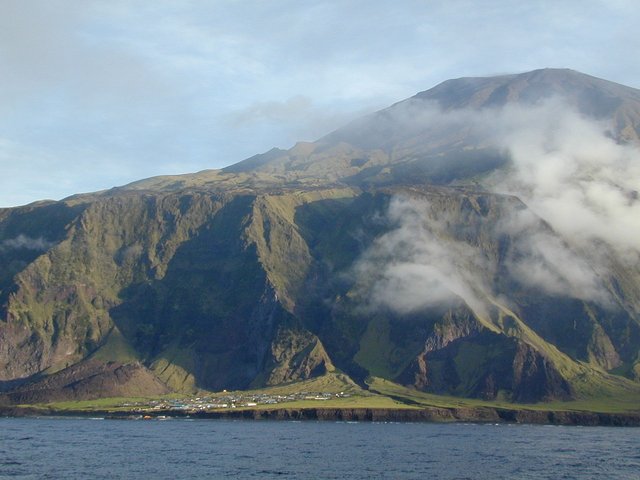
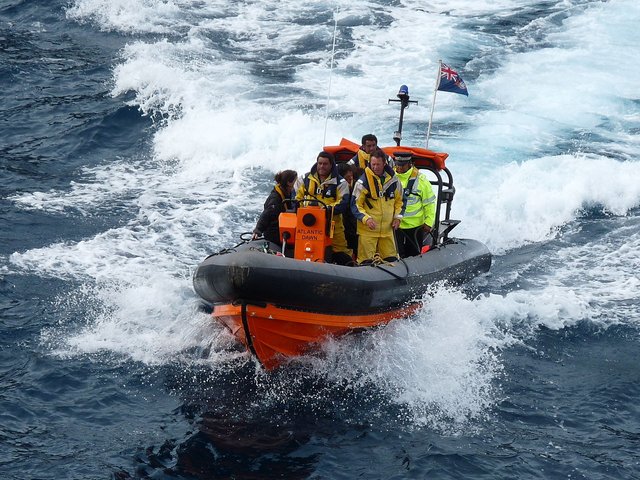
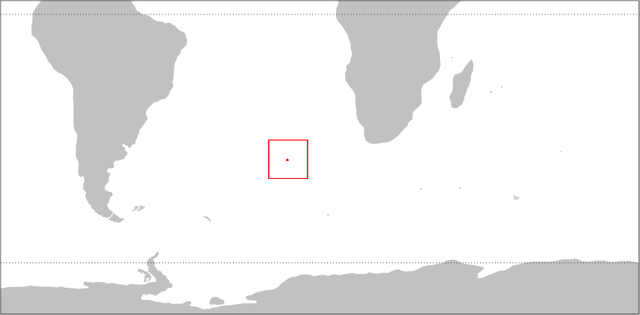
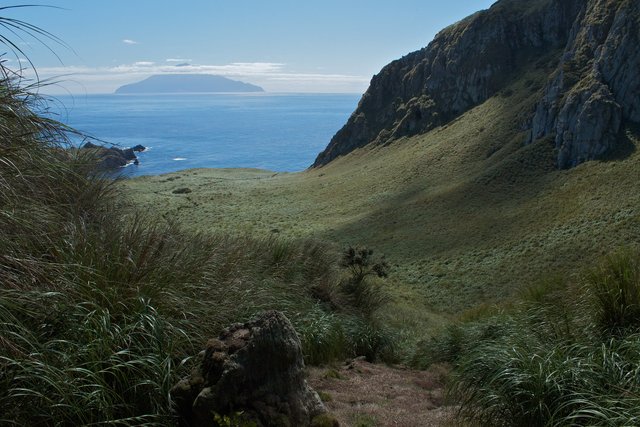
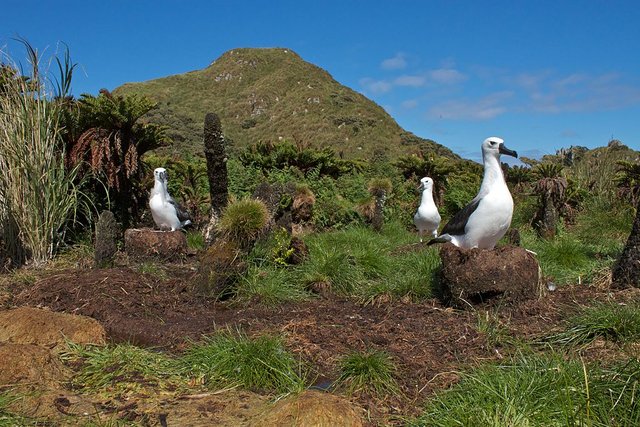
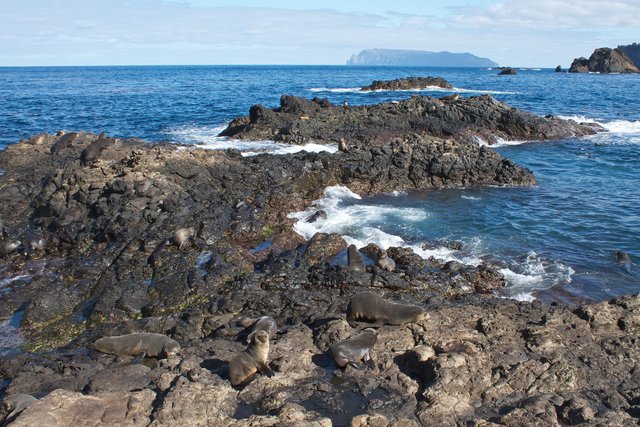
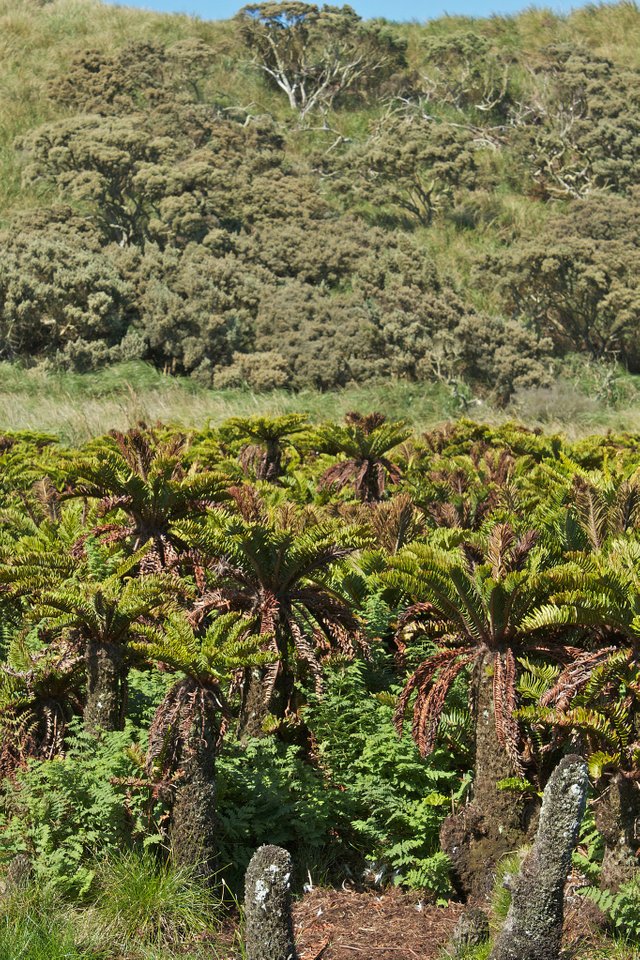
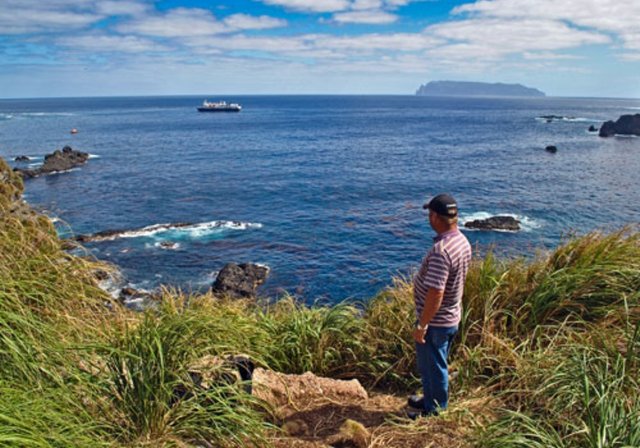
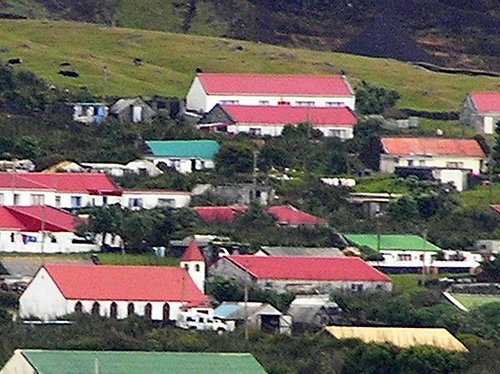
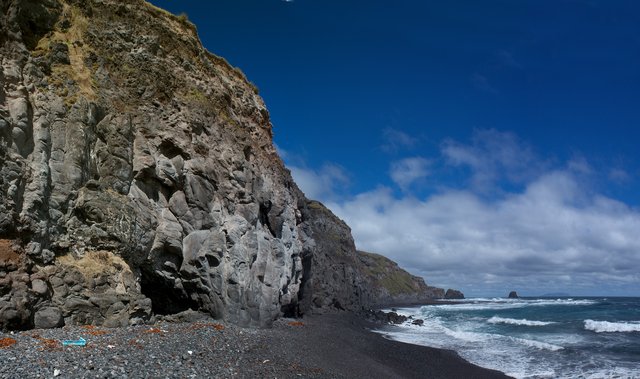
.jpg)
Wow :O
Didn't know at all about this place, but sounds so interesting!
Thank you so much for such beautiful post, it was really nourishing!! :)
Congrats on being one of the winners of this week!!
Yay, thank you very much 🤗😁